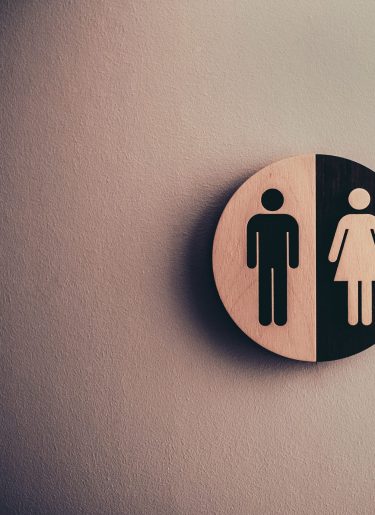
To coincide with International Women’s Day 2022, Minister for Children, Equality, Disability, Integration and Youth, Roderic O’Gorman, has announced that the commencement order for gender pay gap reporting obligations for employers in Ireland in 2022 will be published in the coming weeks.
Employers will choose a ‘snapshot’ date of their employees in June 2022 and will report on the hourly gender pay gap for those employees on the same date in December 2022. The information that employers will be required to publish is set out in the Gender Pay Gap Information Act 2021. It includes:
The government’s press release indicates that we can expect the long-awaited regulations under the Act to be published in the coming weeks. The regulations are expected to provide further clarity for employers on what will be required and the Department of Children, Equality, Disability, Integration and Youth will also publish guidance for employers on how gender pay gap calculations should be performed (and possibly presented). The reporting requirement will initially apply to organisations with 250 or more employees but will extend over time to organisations with 50 or more employees (and when it does, smaller employers will face unique challenges). An online reporting system for the 2023 reporting cycle is also being developed.
The brief details that we have so far demonstrate that the Irish regulations may be similar in many respects to the now five-year-old UK gender pay gap reporting regime. However, employers in Ireland will face a significant extra challenge: they will have to identify and disclose the causes of their gaps.
Gender pay gap reports will also have to include the measures being taken or proposed to eliminate or reduce any pay gap.
This will present a real challenge for employers. Gender pay gaps can be caused by various different factors, including occupational segregation, lack of senior women, and potentially equal pay issues. Understanding how these all interrelate is tough and requires a lot of extra analysis.
Because of the difficulty in doing this, it begs the question as to how this will be enforced. Might rogue employers be able to simply guess at the causes of gaps? Or will the government take any measures to follow up on statements in gender pay gap reports? Currently, the position is unclear. We hope the regulations will provide more detail on this.
For any employers, there are potentially infinite different paths to eliminating a gender pay gap. By changing the demographics across different roles and departments, gender pay gaps will be affected. Employers will need to have done the analysis so that they can understand how pushing and pulling these different levers will shift the dial. Some levers might move it more than others and these should be the areas to prioritise.
Broadly speaking though, there are three main objectives: recruit, retain, and promote. Employers will need to get more women into better paid roles, hold onto them and ensure they can develop their careers. The reverse is also true to some extent: getting more men into lower paid roles will reduce a gap. This is an area that is often overlooked by employers seeking to improve their figures and, since these roles can have higher turnover, increasing diversity here can lead to a quicker improvement in gaps.
Once employers know the areas to target to reduce their gaps the really hard part is achieving the change they need. This might be through initiatives like mentoring, training, gender balanced shortlists and interview panels, gender neutral advertising, or flexible/remote working. Some initiatives will be more successful than others, and the Behavioural Insights Team publishes its research into initiatives where evidence shows they are effective. If employers want to get the best results for their time and effort investment, these are the initiatives to focus on.
While the government’s announcement provides employers with a little more detail on their reporting obligations, it also begs more questions. Hopefully, lawmakers in Ireland will have learned from the UK’s gender pay gap reporting regime and the proposed regulations will avoid some of the common issues facing UK employers. Until the draft regulations are published, employers are still stuck in somewhat of a no-man’s land in terms of preparing for the forthcoming reporting requirements. In the near term, it would be advisable for employers to have at least considered who the key stakeholders in the business are likely to be and which of their group entities may have to report.
For more information about discrimination



